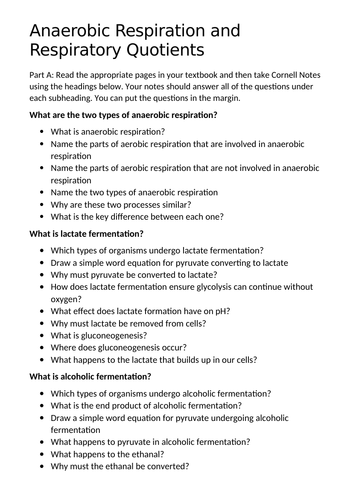Learn it! Science
Are you looking for high-quality learning resources for science? Learn it! Science create lessons that focus on excellence and ease of use. All of our resources come packaged with a variety of tasks and mark schemes to reduce planning load for the teacher while increasing challenge for the student. Take a look at the free resources below to discover for yourself!























